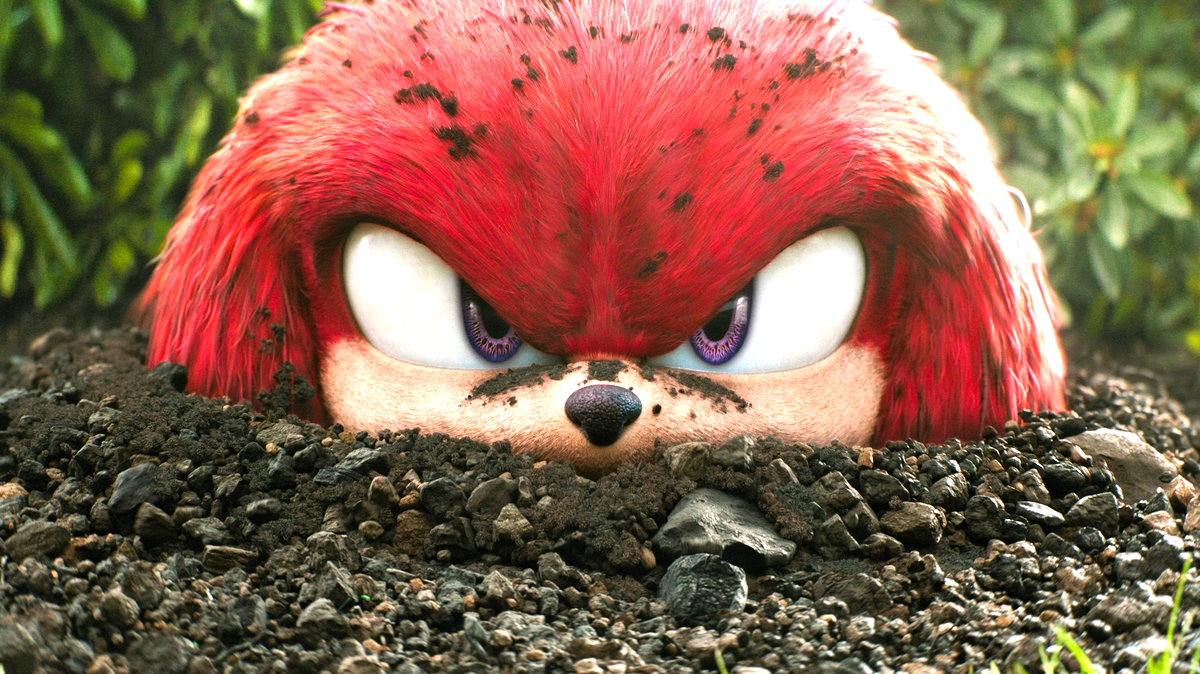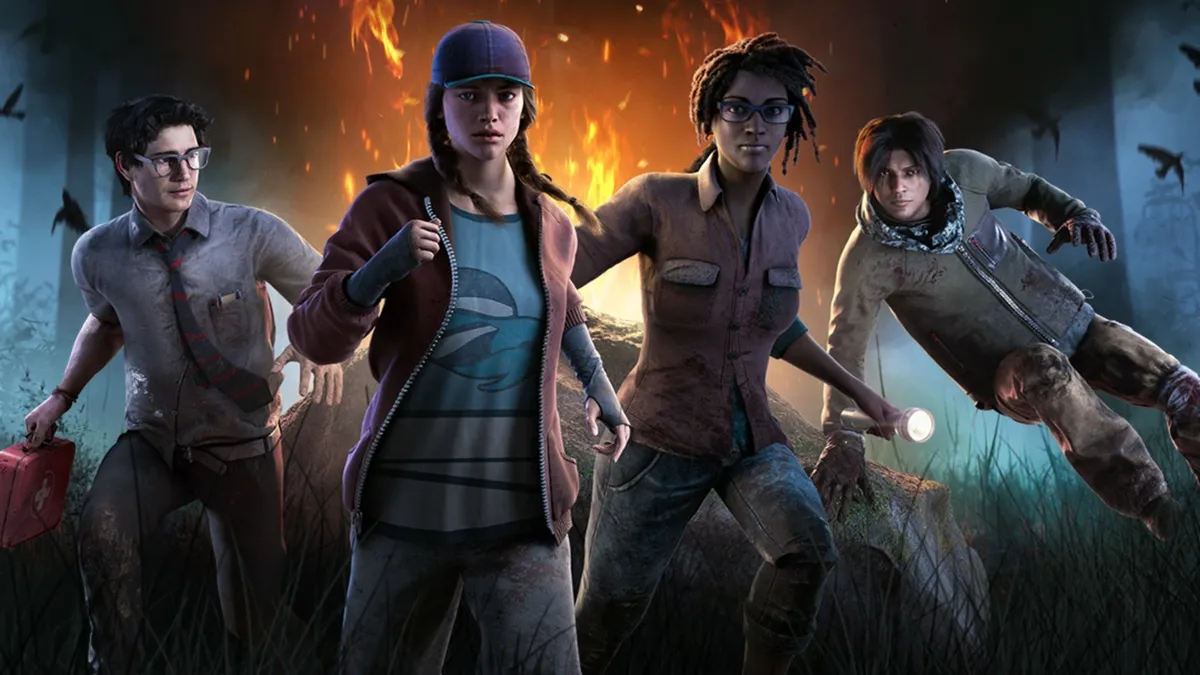
With its venerable Far Cry series – which often mixes first-person shooting with open worlds and a storyline based around a vacation from Hell – Ubisoft has taken us to some of the most exotic locations our planet has ever inspired. Through it, we’ve been taken to the tropics and dealt with its localized insanity, spent time within the area surrounding some third world mountains, and explored the rich plains of Africa. Of course, we were also able to jump into an 80s video cassette with last-gen’s amazing spinoff, Far Cry: Blood Dragon, which showed that the franchise’s mechanics could work just about anywhere.
Now, Ubisoft has taken another risky leap, by opting to explore the criminally underused Stone Age period of human history, with its latest instalment: Far Cry: Primal.
Eschewing guns, bullets, grenades and Molotov cocktails for weapons of the natural and handcrafted variety, Far Cry: Primal promotes survival and self-sufficiency over anything else. Through this design decision, gamers will need to pay closer attention to the world around them, and use everything it has to offer in order to get by. While this is still a Far Cry experience through and through, it promotes the previous games’ hunting and crafting mechanics and turns them into incredibly vital facets.
You play as Takkar, a Wenja hunter who has no idea of what’s in store for him when he sets out to hunt mammoth with his brother. It isn’t long before our hero’s life turns upside down, though, as an unexpected tiger attack takes the life of his sibling and forces him to abandon his homeland in search of other Wenja. This quest takes him to Oros, a beautiful and diverse land, where he encounters a woman in need who asks for his help.
The goal this time around isn’t simply to survive, or to defeat an uber villain. Instead, your focus will always be on finding, aiding and protecting the Wenja people, who have become a scattered and incredibly fragmented tribe. They’re opposed by two different sects, those being the brutal, caveman-esque Udam and the fire-loving Izilia; both of which are far from hospitable.
What’s great about this game is that it doesn’t force you to micromanage, and takes a much simpler and better approach to building a civilization.
As you walk and run through the gigantic map that is Oros, with its red rocks, deep lakes, grassy planes and snow covered barrens, you’ll encounter Wenja in need. They may be under attack by opposing tribes, or have a predator from the animal kingdom on their tails; either way, they’re doomed without your help. And, by lending a hand, you’ll be able to not only gain all important experience points, but more villagers as well. This is generally how one creates a bustling village in Far Cry: Primal, but it’s not the only way.
For the most part, the main storyline revolves around finding, helping and recruiting specialists. These are iconic Wenja members who happen to be skilled in important aspects of everyday living. That means hunting, thinking, healing, fighting and gathering.
There are thirteen main missions (although, despite the fact that the credits have rolled and the main mission part of my map is clear, my list says that I’ve only completed twelve of them), and many of them have something to do with the aforementioned specialists. First, you’ll find them by travelling to where their icons are positioned on the map, and then you’ll partake in varied quests to earn their approval. After that, they’ll follow you back home and set up shop by a campfire until you build them a hut. You’re not out of the clear then, though, because they’ll still ask you to do different things and it won’t be until you’ve completed their entire ‘story’ that their mission will be crossed off the list of thirteen.
The campaign has both a set beginning and a concluding ending cinematic, but the order in which you do most of the things in-between is left up to you. In fact, the last mission I completed before the credits appeared wasn’t a pivotal, plot-driven quest. It had something to do with the greater good, and wasn’t a battle against one of the game’s two bosses – whose middling battles are ultimately kind of forgettable – either. It was simply a fetch quest of sorts.
In fact, as I played through Far Cry: Primal, I would periodically check my progress by visiting Takkar’s cave, and it wasn’t long before I noticed that I was completing quests out of order.
At its roots, however, Far Cry: Primal is still very much a Far Cry game, even if its narrative isn’t as structured, deep or involved as those before it. As such, you can expect to once again step into the shoes of a one man army, who must use weapons, beasts and the environment to accomplish his tasks.
This time around, however, your best friends will be your trusty bow, club and spear, all of which can be upgraded more than once to allow for things like improved damage and double the firing capacity. There are no guns, which is a good thing given that this all takes place around 10,000 B.C. Don’t worry, though, as the same feel remains even though we’ve ventured many years into the past.
Earlier in this review, I mentioned that crafting and hunting are much more important in Primal than they’ve ever been before, and that’s most definitely the truth. Oros is littered with a plethora of different creatures, ranging from biting fish and crocodiles to cave bears and wooly mammoths. In-between are dholes, sheep, deer, wolves, tigers, jaguars and different types of birds. Many will try to kill you if you let them, and you’ll be forced to engage in occasionally epic confrontations with them in order to stay alive. Or, if you so please, you can choose to bother them first

Expect to always be in danger, because Oros is far from safe and actually becomes more dangerous at nighttime. Everywhere you go there’ll be something that will want to kill you or eat you. Of course, some things want to do both, and they’ll stop at nothing in order to achieve that goal. To this point, the enemy and animal AI is quite strong, which helps make for a believable world.
Killing and skinning animals will give you hides and body parts that can be used for crafting weapons, upgrading huts and augmenting bows, clubs and spears with fire. Hunting is also the key to survival, because almost all of Primal‘s quick healing recipes require meat. Many require plants, as well, and those are in great supply throughout the land. In fact, you can expect to constantly be on the lookout for plants, environmental items and animals that can be hunted, gathered and utilized for the greater good. For this reason, those who hated those aspects of Far Cry 4 will want to skip this adventure.
Finding things to hunt or gather isn’t difficult, though, because you’re equipped with heightened senses that can be toggled on or off. Referred to as Hunter’s Vision, this increased awareness turns harvestable trees, plants and rocks into glowing objects, and does the same for animals. If you’re like me, you can expect to play through a large portion of the game with this equipped.
When you’re not hunting and gathering, you’ll be exploring Oros and completing a plethora of quests. It’s a lengthy list, which includes the main missions discussed above as well as side missions (involving helping Wenja) and exotic hunts. There are also bonfires to violently take over and assume control of for fast travelling means, as well as enemy encampments that must be overrun. As if that wasn’t already enough, Ubisoft Montreal also included a ton of discoverable locations, including caves and other unique geographical anomalies.
The exotic hunts I mentioned task you with tracking and following the footsteps (and devastation) left behind by special animals, like a gigantic wooly mammoth or a huge, scarred bear. When you kill these beasts, you can either end their suffering or tame them. When tamed, the animal will become available to you as a follower, who will attack enemies and protect you from natural predators. This mechanic isn’t limited to just these exotic beasts, although they’re generally the best of the best. All of the cats, dog and bear species can be tamed by using bait, if you so please.
Certain tamed animals can also be ridden, allowing for a unique and visceral way to get around. Riding bears, sabretooth tigers and wooly mammoths also allows you to get a leg up on the competition, because the beasts love to chow down on those who get in their way.
It’s also worth noting that Takkar has an owl at his beckon call. The majestic creature can take to the skies and scout ahead, tag enemies, or swoop in for the kill. It’s a helpful asset, which you can either use or forget about.
As you can imagine, those who thought that Far Cry: Primal was going to be a short holdover between Far Cry 4 and Far Cry 5 were sorely mistaken. There’s a lot of game here, and though it does get repetitive and somewhat tedious due to all of the hunting and crafting, it exists as a very memorable and addicting experience. It’s also an incredibly beautiful one, thanks to some great lighting and an incredibly varied assortment of geography.
If you’re looking for a long and immersive open world experience, Far Cry: Primal should be near the top of your list. Don’t overlook it. This is a rich and rewarding spinoff.
This review is based on the Xbox One version, which we were provided with.









